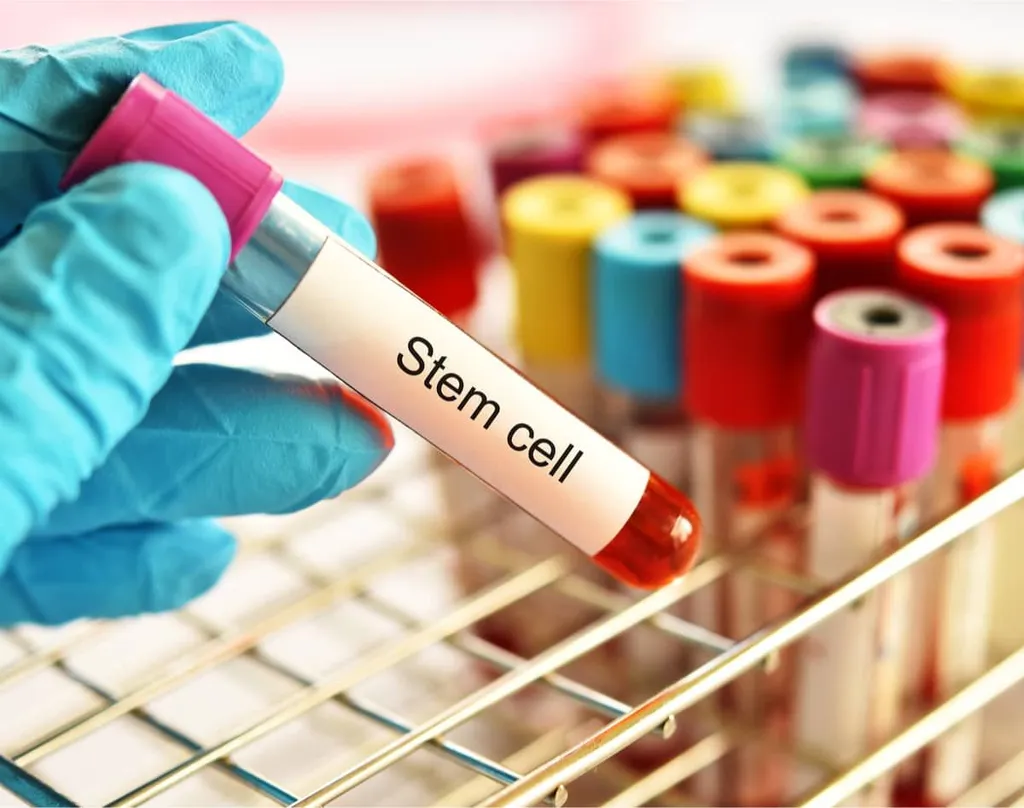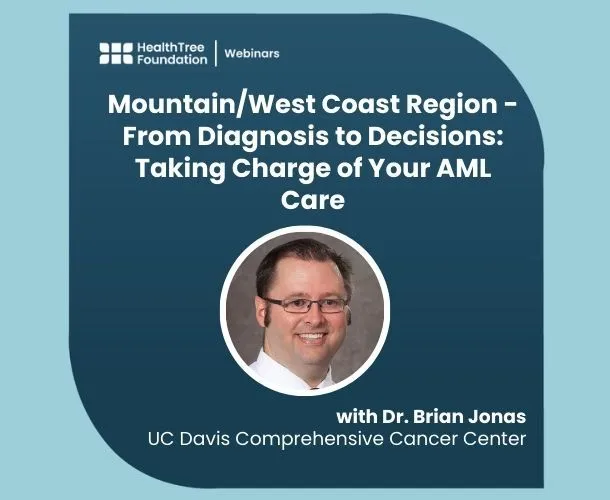New Study Finds Higher Likelihood of AML in Children With Down Syndrome

A new study published in the March issue of The Journal of Pediatrics found that children with Down Syndrome have an estimated 150-fold higher risk of developing acute myeloid leukemia (AML) before the age of five.
Dr. Emily Marlow, PhD, from the University of California (UC) Davis led the study which analyzed data of just over 3.9 million children born from 1996-2016 in the United States and Canada. Leukemia was diagnosed in 124 of the 4401 children with Down syndrome (2.8%) and 1941 of 3,900,998 of the other children (0.05%).
The researchers concluded that Down Syndrome remains a risk factor for the development of childhood AML, and this data shows that the association with AML is stronger than previously reported.
According to Dr. Marlow, “One main strength of this study is its large cohort with more leukemia cases in children with Down syndrome than most previous studies. This allowed more precise risk estimation, especially for rare leukemia types such as AML-7, previously estimated from small case reports.”
Due to the much higher risk of AML in children with Down Syndrome, it is crucial for parents of these children to understand the signs and symptoms of AML and watch for them, especially during the child’s early years. If identified and treated early, AML in children is often treatable.
Signs and symptoms of AML include pale skin, fatigue, frequent infections, easy bleeding or bruising and shortness of breath. A prompt visit to a pediatrician is warranted if children exhibit these symptoms.
Reference:
Marlow EC, Ducore J, Kwan ML, et al. Leukemia Risk in a Cohort of 3.9 Million Children with and without Down Syndrome. J Pediatr. 2021;S0022-3476(21)00212-2. doi:10.1016/j.jpeds.2021.03.001. 2021 Mar 6.
A new study published in the March issue of The Journal of Pediatrics found that children with Down Syndrome have an estimated 150-fold higher risk of developing acute myeloid leukemia (AML) before the age of five.
Dr. Emily Marlow, PhD, from the University of California (UC) Davis led the study which analyzed data of just over 3.9 million children born from 1996-2016 in the United States and Canada. Leukemia was diagnosed in 124 of the 4401 children with Down syndrome (2.8%) and 1941 of 3,900,998 of the other children (0.05%).
The researchers concluded that Down Syndrome remains a risk factor for the development of childhood AML, and this data shows that the association with AML is stronger than previously reported.
According to Dr. Marlow, “One main strength of this study is its large cohort with more leukemia cases in children with Down syndrome than most previous studies. This allowed more precise risk estimation, especially for rare leukemia types such as AML-7, previously estimated from small case reports.”
Due to the much higher risk of AML in children with Down Syndrome, it is crucial for parents of these children to understand the signs and symptoms of AML and watch for them, especially during the child’s early years. If identified and treated early, AML in children is often treatable.
Signs and symptoms of AML include pale skin, fatigue, frequent infections, easy bleeding or bruising and shortness of breath. A prompt visit to a pediatrician is warranted if children exhibit these symptoms.
Reference:
Marlow EC, Ducore J, Kwan ML, et al. Leukemia Risk in a Cohort of 3.9 Million Children with and without Down Syndrome. J Pediatr. 2021;S0022-3476(21)00212-2. doi:10.1016/j.jpeds.2021.03.001. 2021 Mar 6.

about the author
Katie Braswell
Katie joined HealthTree as the Community Director for AML in 2021 and became HealthTree's Director of Education in 2023. Katie is a registered dietitian who is passionate about health literacy and patient empowerment. She loves to cook, travel and spend time with her newborn son, husband and dog.
More on Navigating Your Health
Trending Articles
Upcoming Events

Get the Latest Acute Myeloid Leukemia Updates, Delivered to You.
By subscribing to the HealthTree newsletter, you'll receive the latest research, treatment updates, and expert insights to help you navigate your health.












